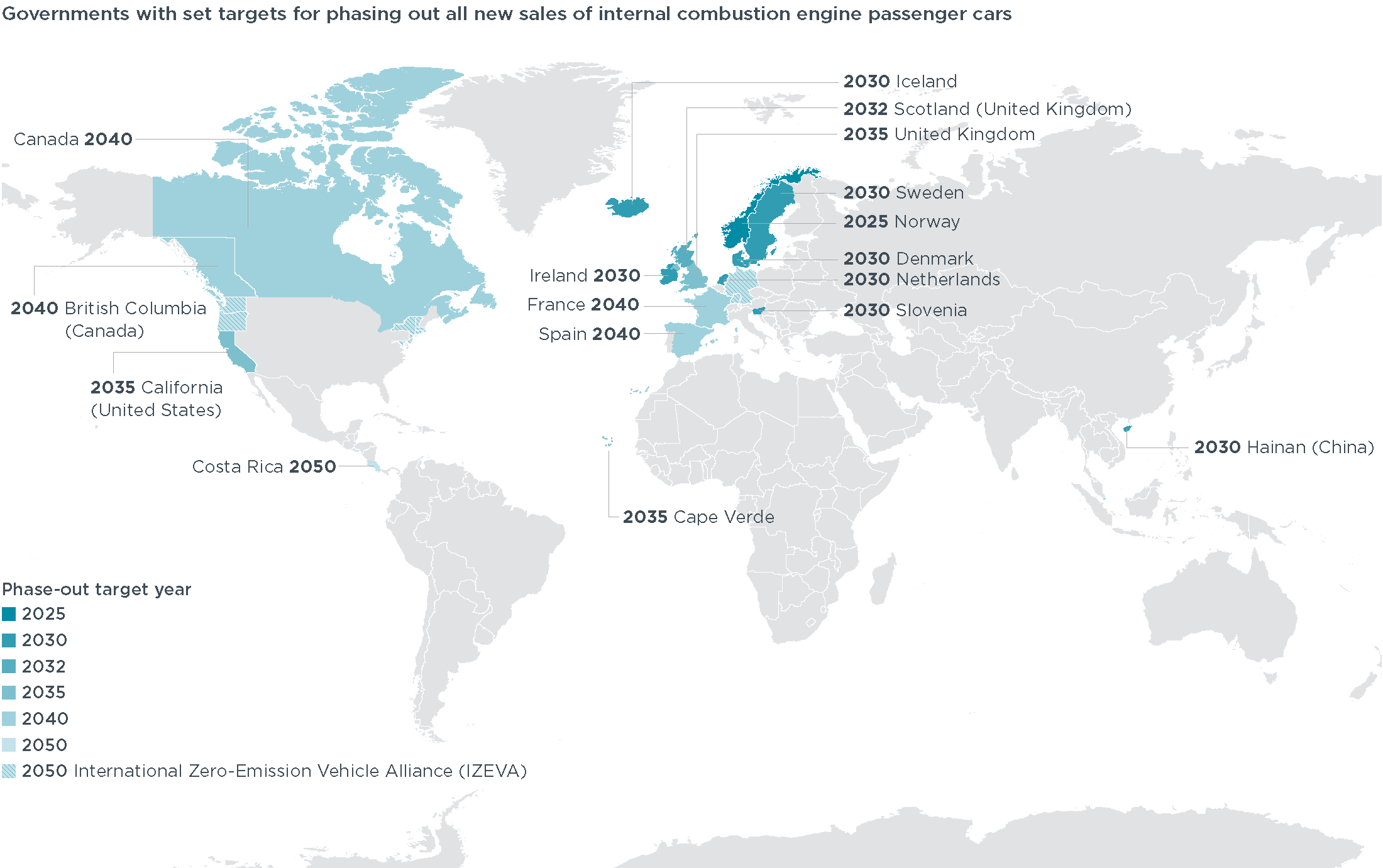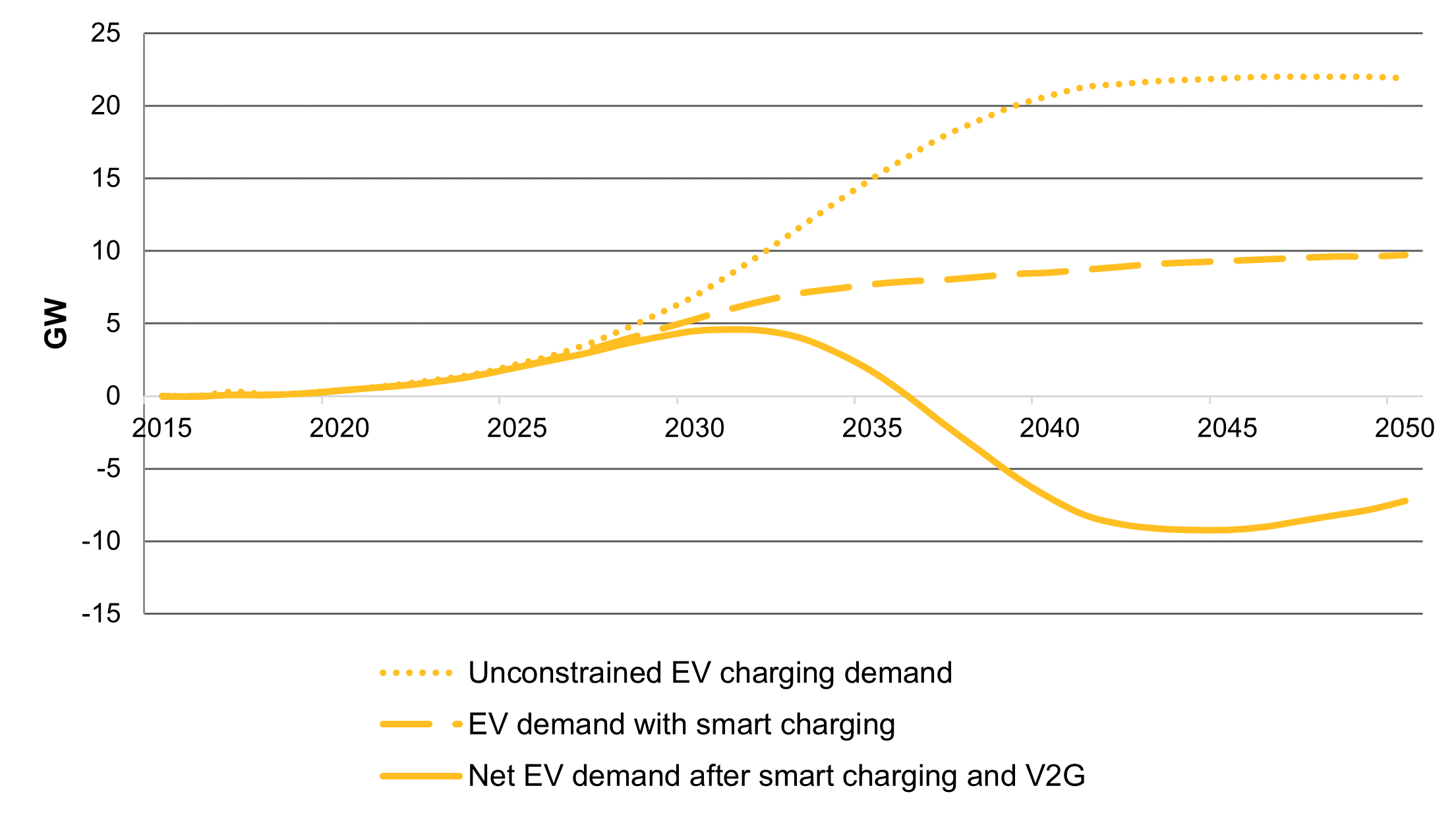Home / Nature & Environment / Sustainability / Vehicle-to-Grid Charging for Electric Cars / Impact of EV Uptake

Reach your personal and professional goals
Unlock access to hundreds of expert online courses and degrees from top universities and educators to gain accredited qualifications and professional CV-building certificates.
Join over 18 million learners to launch, switch or build upon your career, all at your own pace, across a wide range of topic areas.


 International ICE Phase Out Plans, as of Nov 2020
International ICE Phase Out Plans, as of Nov 2020
 Electric Vehicle charging behaviour at ACS winter peak system demand (Consumer Transformation Scenario)
Electric Vehicle charging behaviour at ACS winter peak system demand (Consumer Transformation Scenario)







